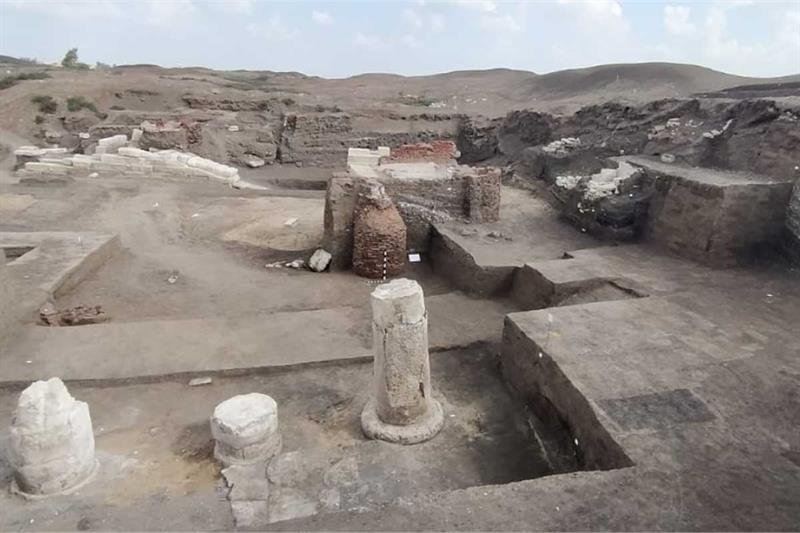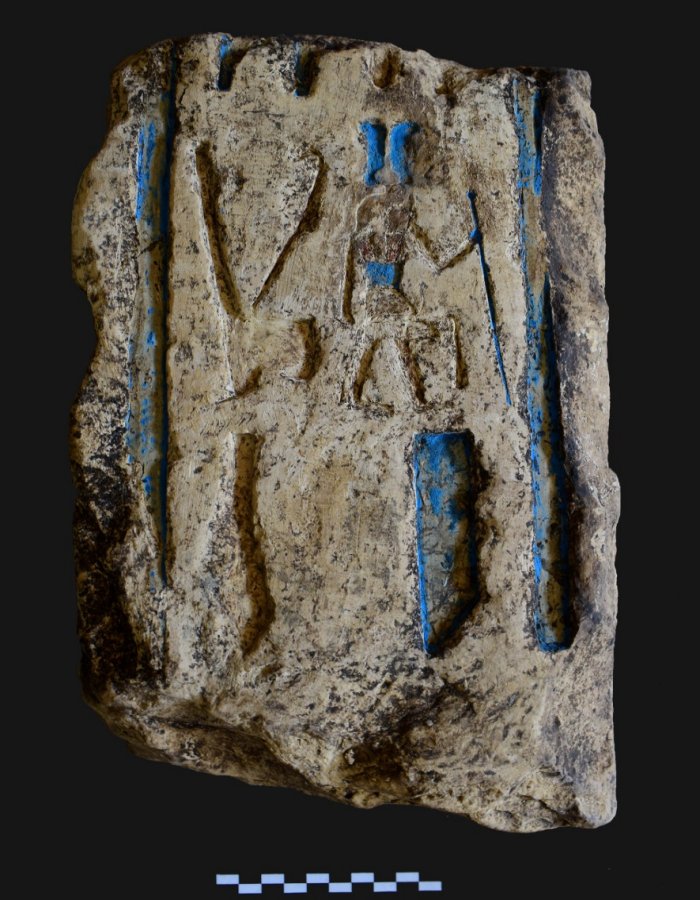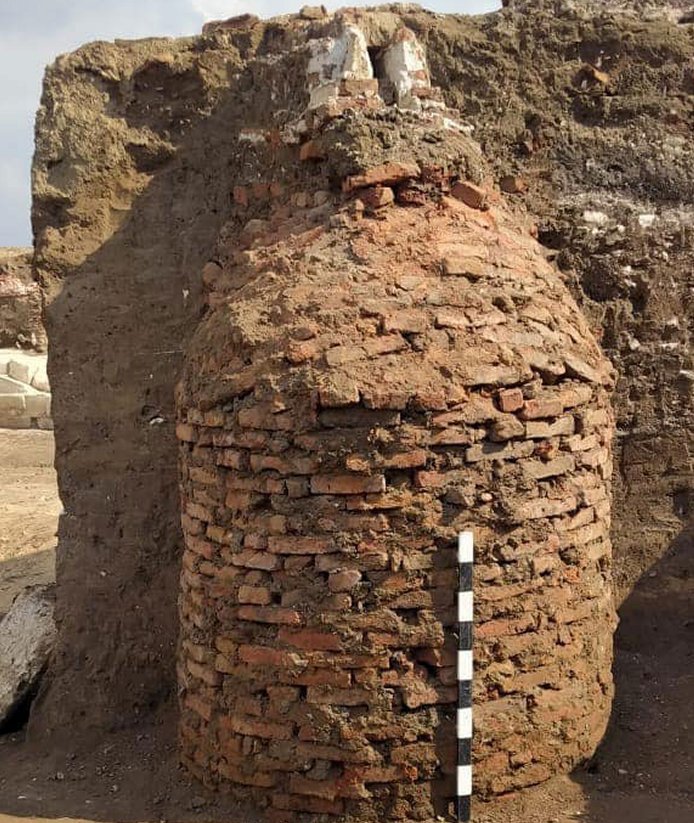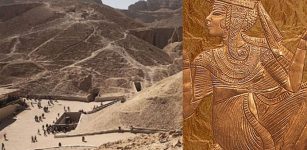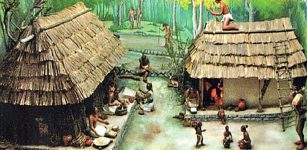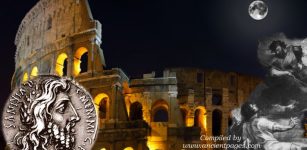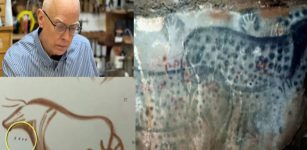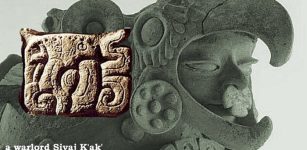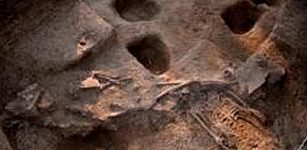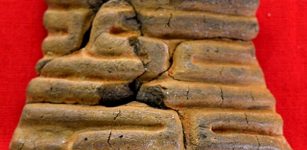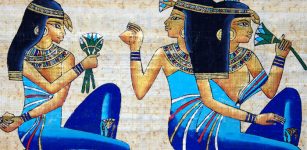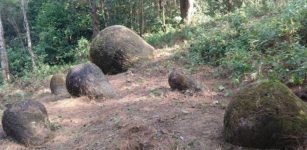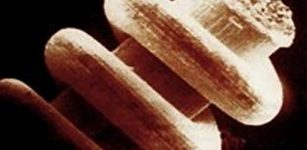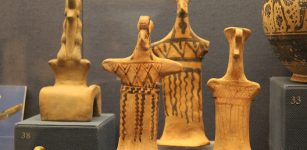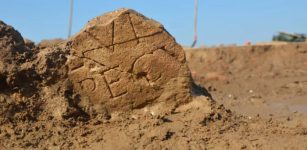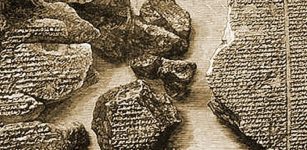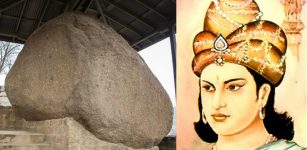Remains Of Colonnaded Hall Of 26th Dynasty Found At Ancient Buto Temple, Northern Nile Delta
Conny Waters - AncientPages.com - An Egyptian team of archaeologists working for the Supreme Council of Antiquities has uncovered the remains of a colonnaded hall at the ancient Buto Temple, Kafr El-Sheikh, in the northern Nile Delta.
Ruins of the ancient temple city of Buto. Image credit: Ministry of Tourism & Antiquities
A collection of pots used in religious rituals was unearthed along with decorated stone engravings depicting scenes that date back to the 26th Dynasty Saitie period.
The hall, has three aligned columns in ruins with a probable papyrus on the top - emblematic of the of prevailing art forms in that period - could be associated withe deity Wadjet who is the master of Butu Temple.
The mission also unearthed a limestone relief showing a deity with a bird head wearing a white crown surrounded by feathers - possibly Nekhpet or Mut, writes Ahram Online.
Excavations in ancient Buto temple, at Tel Al-Farayeen, Kafr El-Sheikh in the northern Nile Delta. Image credit: Ministry of Tourism & Antiquities
“This is a very important discovery," said Mostafa Waziri, secretary-general of the Supreme Council of Antiquities, adding that it shows a major part of the temple, which sheds light on the original plan of the temple and the architectural design of the surrounding area extending for 11 feddans.” [One Feddan is equal to 1.03 acres].
He noted that the area was surrounded by a huge mud brick wall built during the New Kingdom, and more height was added to the wall during the Saitie period.
The archaeologists also found a small limestone shrine, vessels, and pots in the temple area.
The mission also unearthed pieces of stone decorated with friezes depicting worship rituals. Photo: Supreme Council of Antiquities
Egypt Independent cites Ayman Ashmawi, head of the Ancient Egyptian Antiquities Sector at the Supreme Council of Antiquities, saying that “the shrine might have been built to preserve small statues sacrificed for the temple.” However, the excavations will continue to reveal more secrets of this ancient site.
Ashmawi added that "the remains of the hall are located to the southwestern end of the temple, while the area that has been discovered so far is approximately (6.5 m x 4.5 m) and includes the remains of three columns, all on one north-south axis."
These are mostly comprising of columns of the so-called papyrus style, which is the symbol of Lower Egypt and is associated with the goddess “Wajit”, the lady of the Buto (Bhutto) Temple.
Image credit: Ministry of Tourism & Antiquities
Other finds uncovered by the team include a limestone panel depicting a deity with a bird’s head topped by a white crown surrounded by two feathers, which according to Qutb Fawzy, head of the Central Department of Lower Egypt, could represent the goddess “Nakhbet” or the goddess “Mutt”.
See also: More Archaeology News
The architectural planning of the temples area in the city extends over an area of 11 acres, Mustafa Waziri, Secretary-General of the Supreme Council of Antiquities, said.
It is worth mentioning that the archaeological team had earlier discovered a massive stone building with tools used in religious rituals and a collection of distinguished scenes carved in ivory and inlaid with gold and hieroglyphic engravings.
Written by Conny Waters - AncientPages.com Staff Writer

